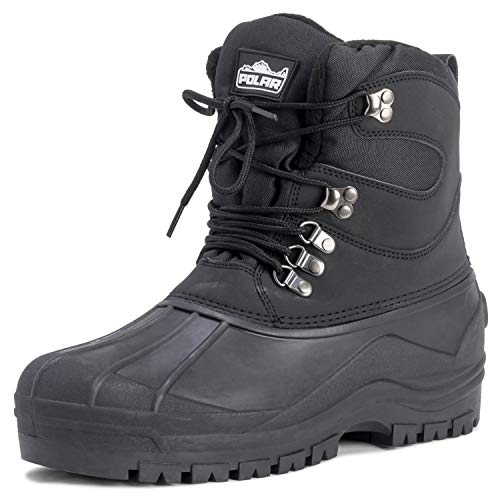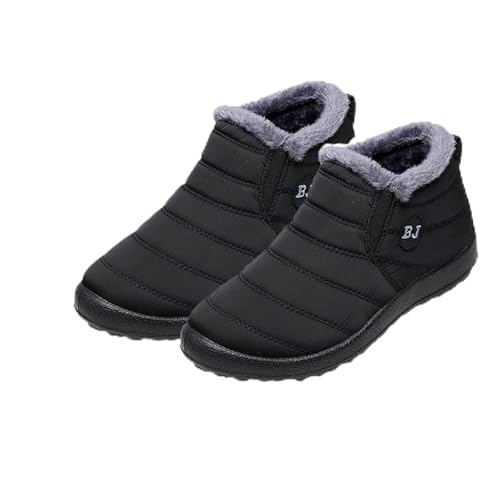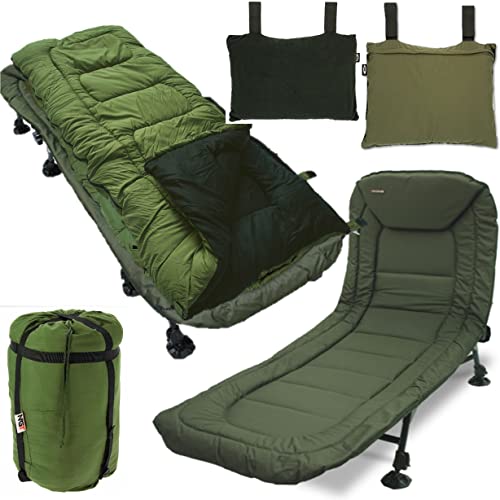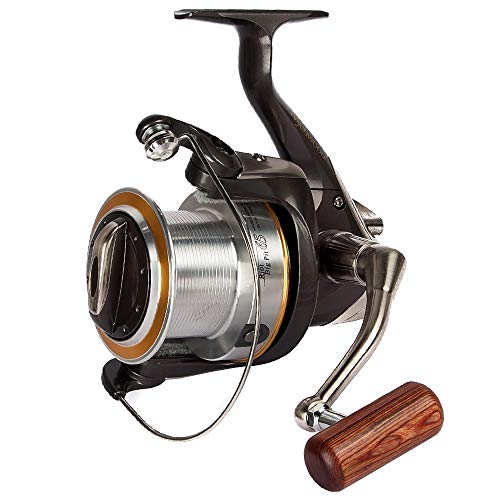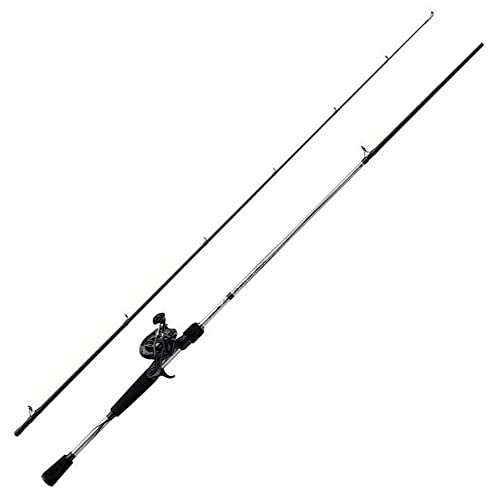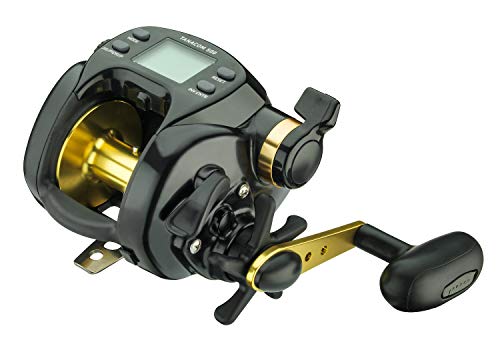Understanding Snow Shoes: A Beginner’s Overview
What Are Snow Shoes?
Snow shoes are outdoor footwear designed to help you walk over snow without sinking in. They work by distributing your weight over a larger surface area, allowing you to traverse deeper snow easily. Imagine trying to walk on a beach—if you’re barefoot, you’ll sink into the sand. Now, picture yourself wearing a wide surfboard; that board allows you to glide over the sand without sinking in. Snow shoes operate on a similar principle, making winter hikes and adventures accessible.
Why Use Snow Shoes?
Using snow shoes opens up the winter landscape, allowing us to explore areas that would otherwise be hard to reach. Whether you’re wandering through a winter wonderland forest or tackling snowy hills, snow shoes give you the necessary support and stability. For outdoor enthusiasts, snow shoes can transform how you interact with snowy terrain, providing opportunities for exercise and leisure in the colder months.
Key Features to Look for in Snow Shoes
Frame Material
When selecting snow shoes, pay attention to the frame material, which typically ranges from aluminium to composite materials. Aluminium frames are lightweight and durable, making them a popular choice for various conditions. If you envision long treks through rugged terrain, aluminium might be your best bet. Composite materials are often more flexible and can provide a smoother ride, ideal for casual hikers.
Binding Systems
A secure fit is crucial for comfort and mobility. Many snow shoes feature adjustable binding systems that accommodate various boot sizes and types. Look for a binding system that allows for easy on and off, even while wearing gloves. This is particularly important in cold environments when quick adjustments can make a significant difference.
Traction and Grip
Traction is essential for safety when navigating icy or snow-packed trails. Most snow shoes come equipped with crampons or teeth under the frame that dig into the snow. A robust traction system instils confidence even on sloped terrain, so it’s worth checking the grip design before making a purchase.
Choosing the Right Size and Fit for Your Snow Shoes
Sizing Guidelines
Snow shoes come in different sizes, primarily determined by your weight, including gear. Generally, the larger the shoe, the greater the weight capacity and flotation it offers over soft snow. To find the right size, consult the manufacturer’s size chart. It’s not just about foot size; considering the weight range helps us choose a model that suits our needs better.
Ensuring the Right Fit
Try on snow shoes with the type of footwear you plan to wear, such as winter boots or hiking shoes. A snug yet comfortable fit is essential. We should be able to wiggle our toes, but there should be no excessive movement. A good fit ensures better control and reduces the chance of slipping out during use.
Top Recommendations: Best Snow Shoes for Different Activities
For Beginners: Recreational Snow Shoes
For those new to snow shoeing, look for recreational models designed for flat to rolling terrain. These snow shoes are generally broader and offer great stability, making them ideal for leisurely walks or family outings in the snowfall.
For Serious Hikers: Performance Snow Shoes
If we’re planning to tackle steep, hilly terrains or deeper snow, performance snow shoes are the way to go. These models typically feature a more aggressive traction system and a streamlined design, giving us agility and adaptability in challenging conditions.
For Multi-Activity Use: Versatile Snow Shoes
For those who want to mix snow shoeing with other winter activities, consider versatile models. These shoes are designed for various terrains and activities, from snow shoeing to even light hiking or running on snow-covered trails.
Maintenance Tips: Keeping Your Snow Shoes in Top Condition
Cleaning After Use
After our adventures, it’s essential to clean our snow shoes properly. Removing snow and ice build-up after each use helps prevent damage and ensures they’re ready for the next outing. A simple rinse with water and a soft brush can do the trick.
Storage Practices
Storing snow shoes properly prolongs their lifespan. Keep them in a cool, dry place, away from direct sunlight. Avoid folding the frames if possible, as this might warp them over time. Instead, consider hanging them or storing them flat.
